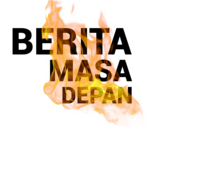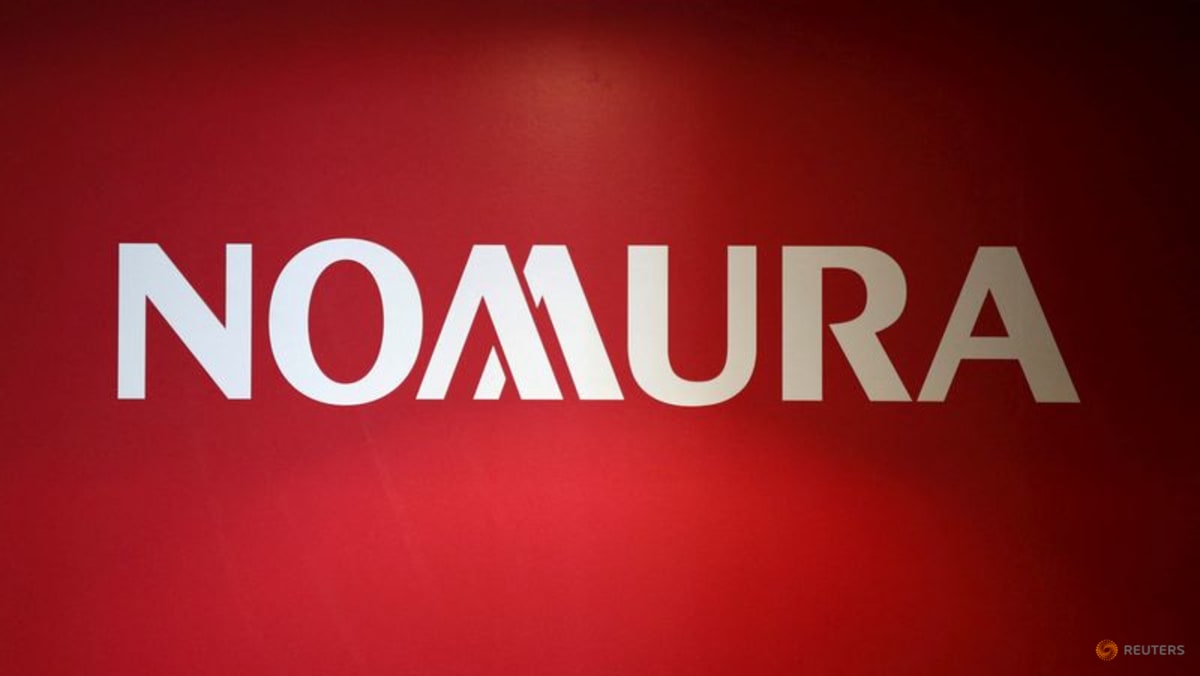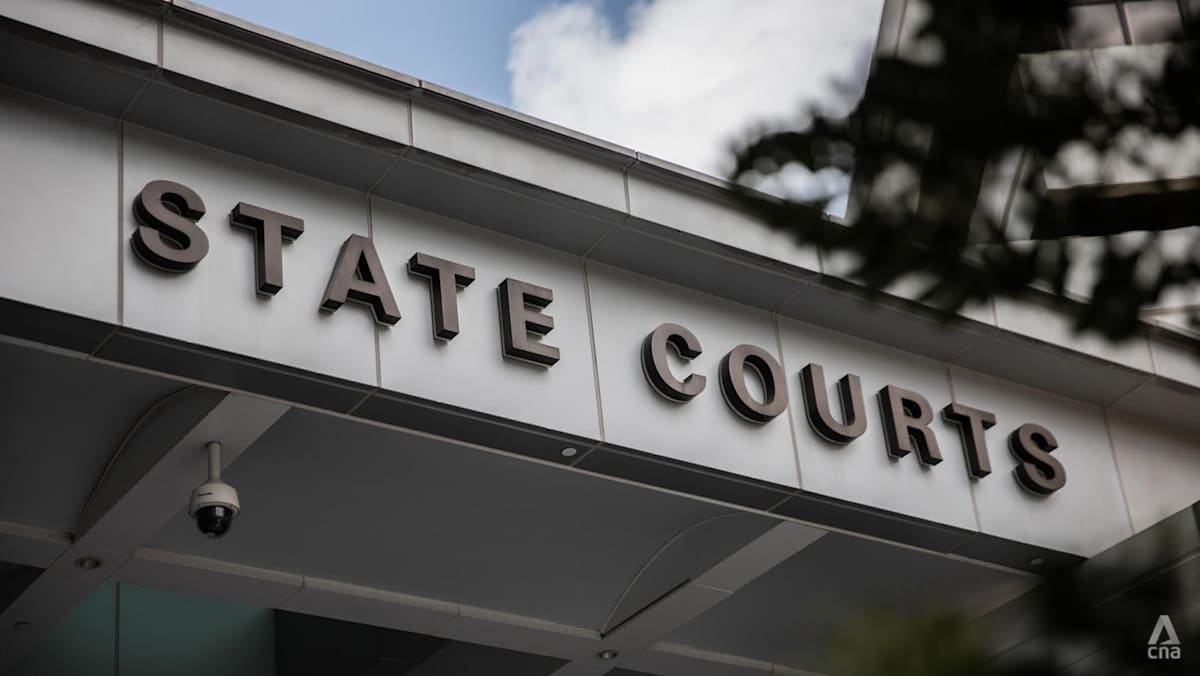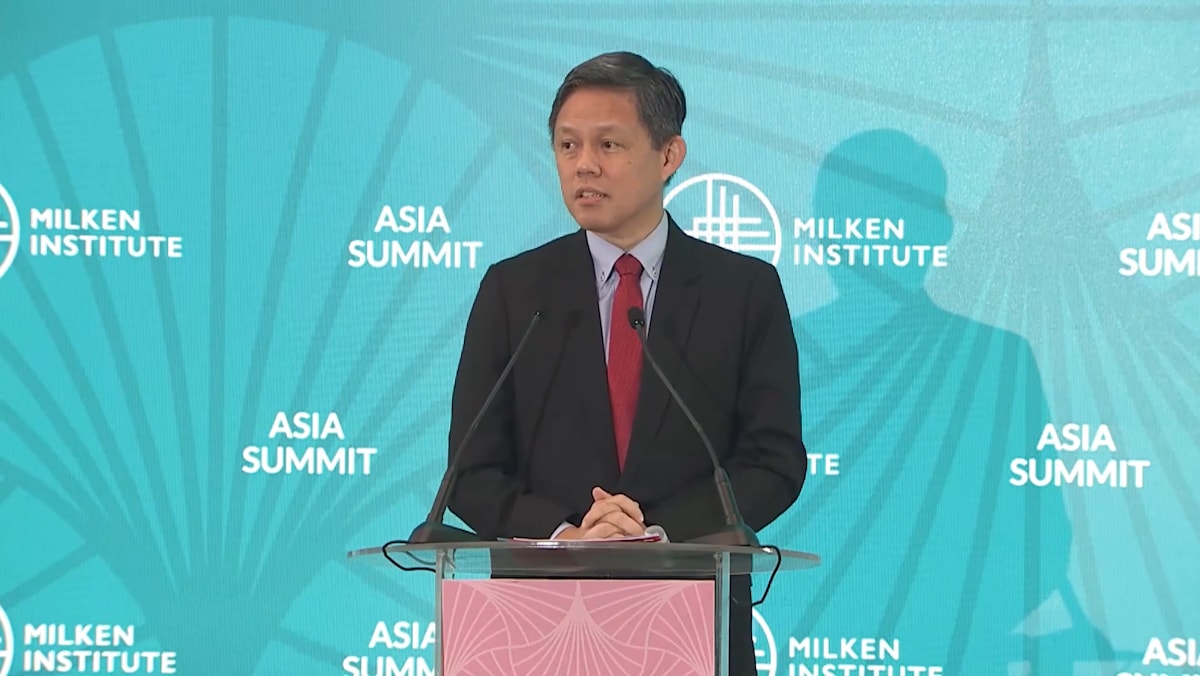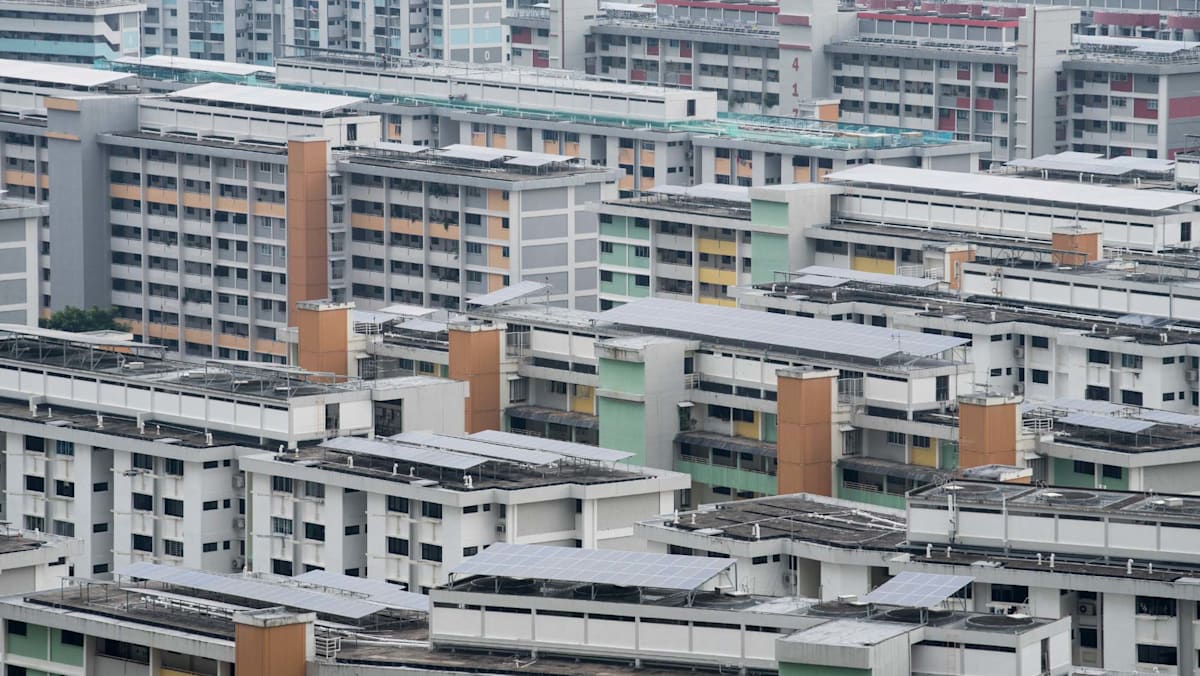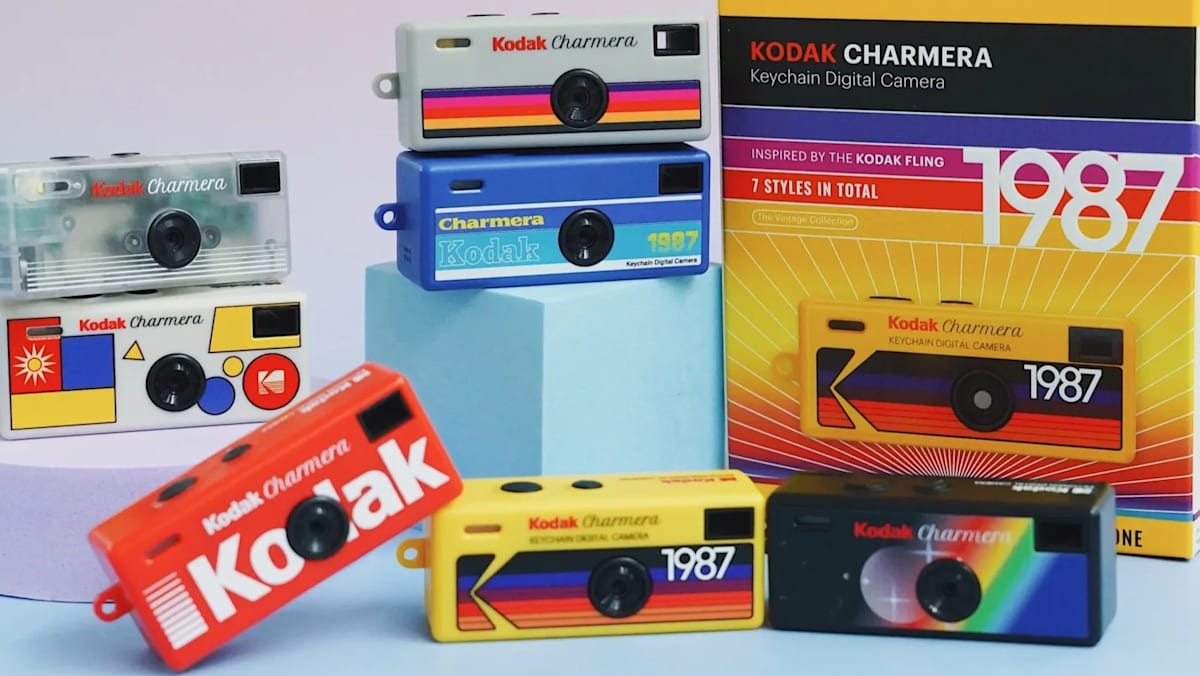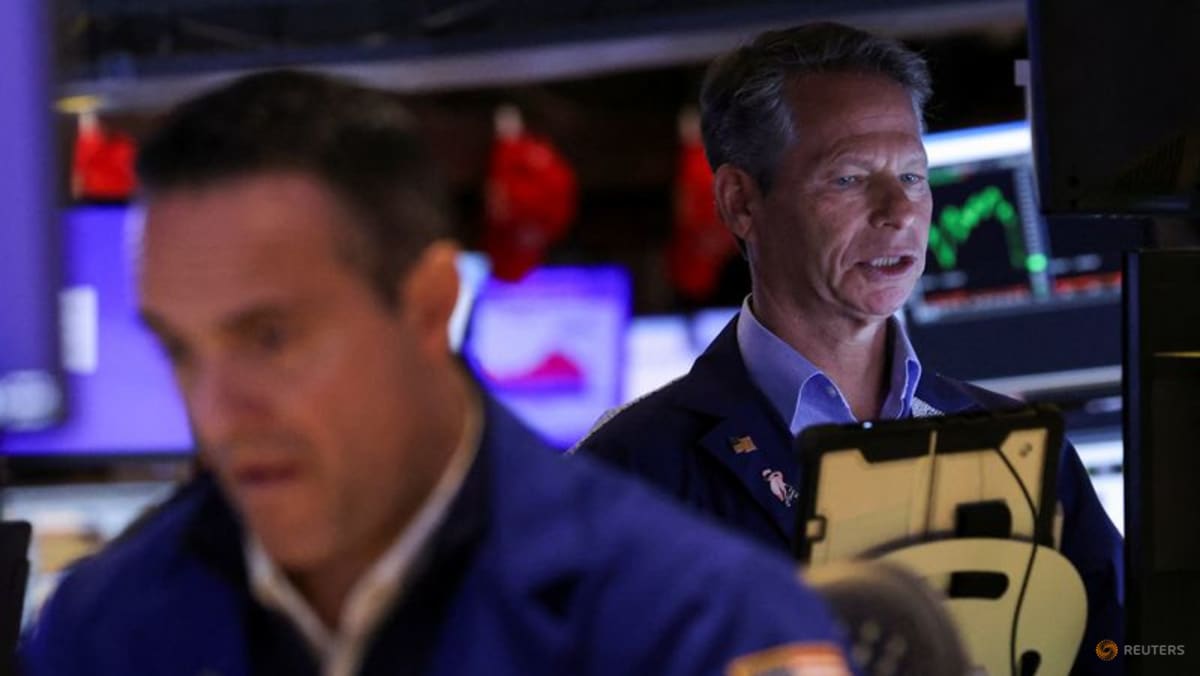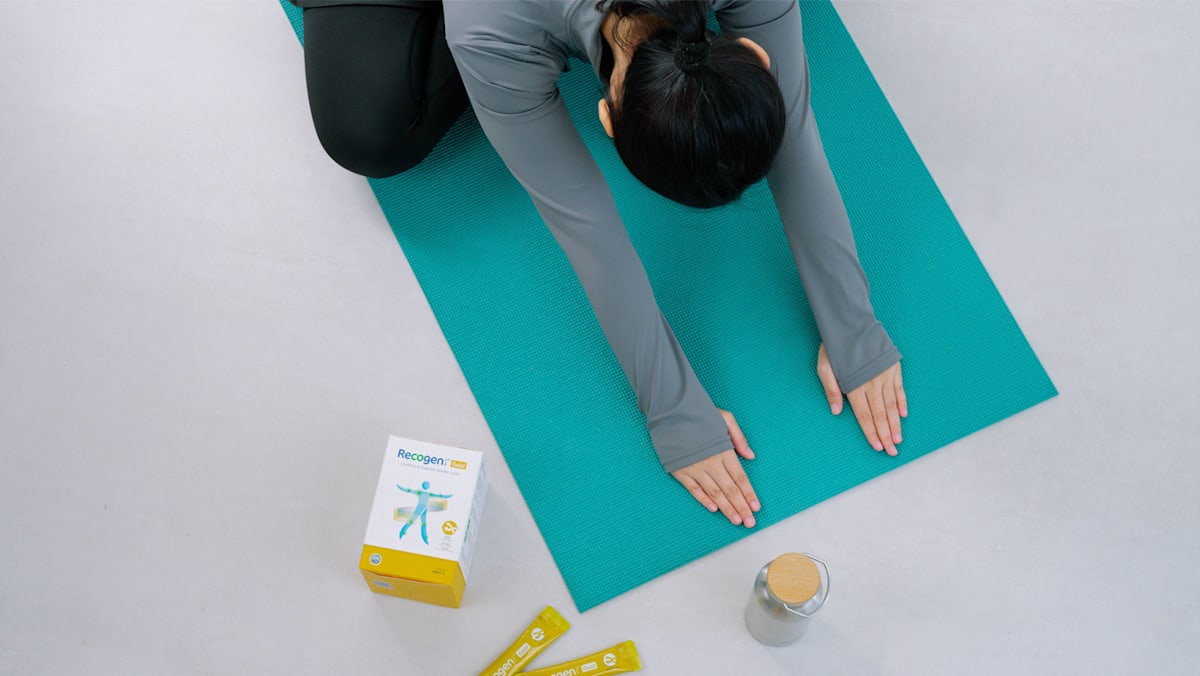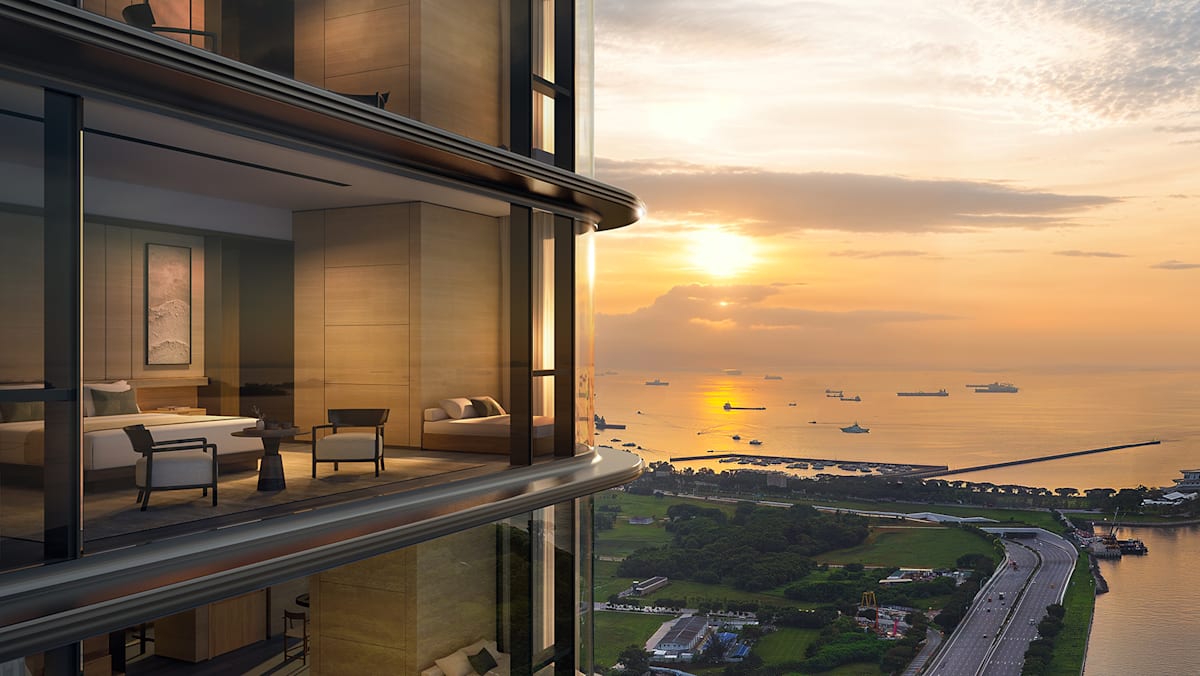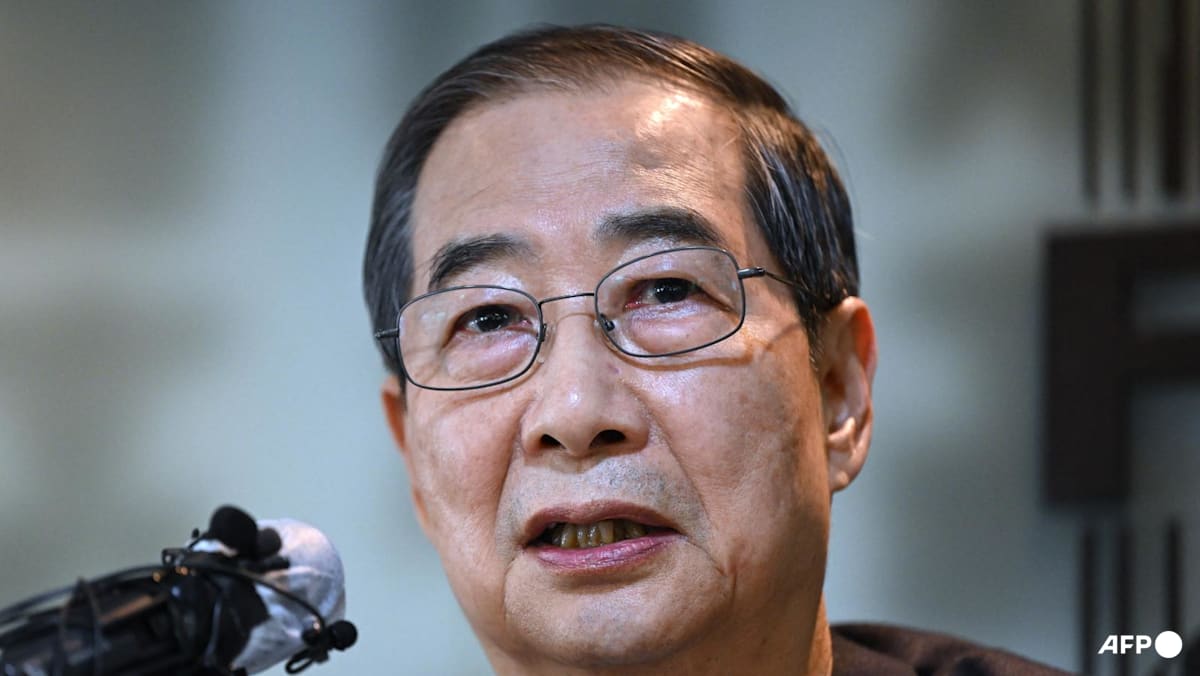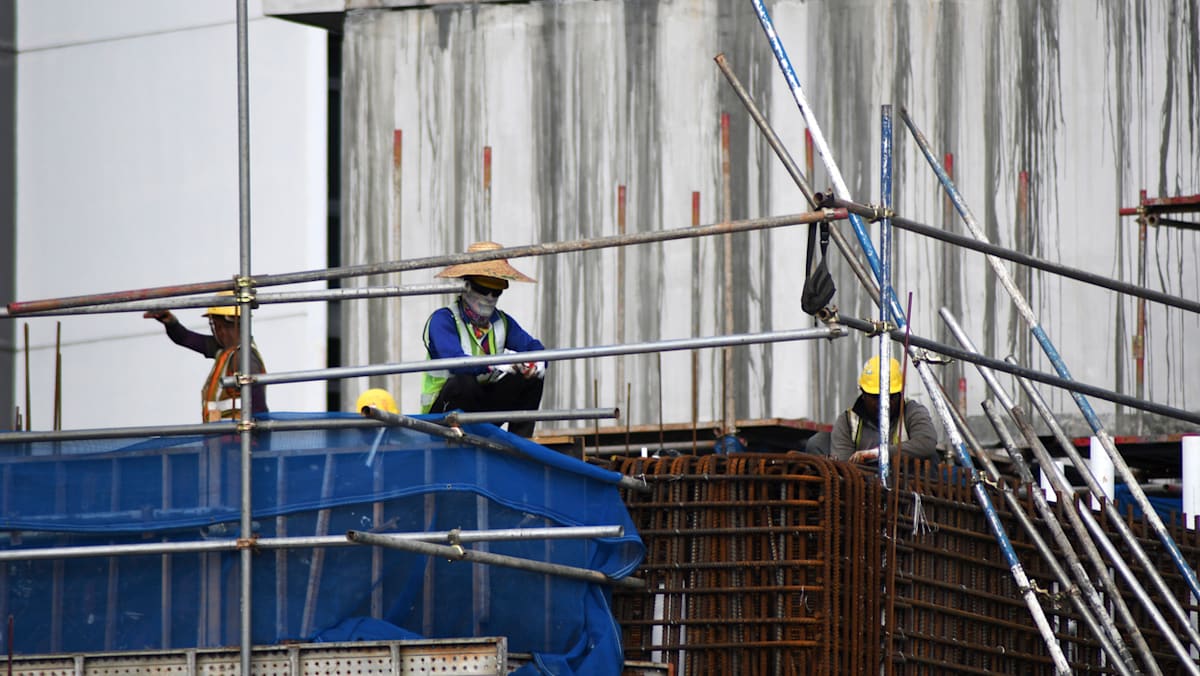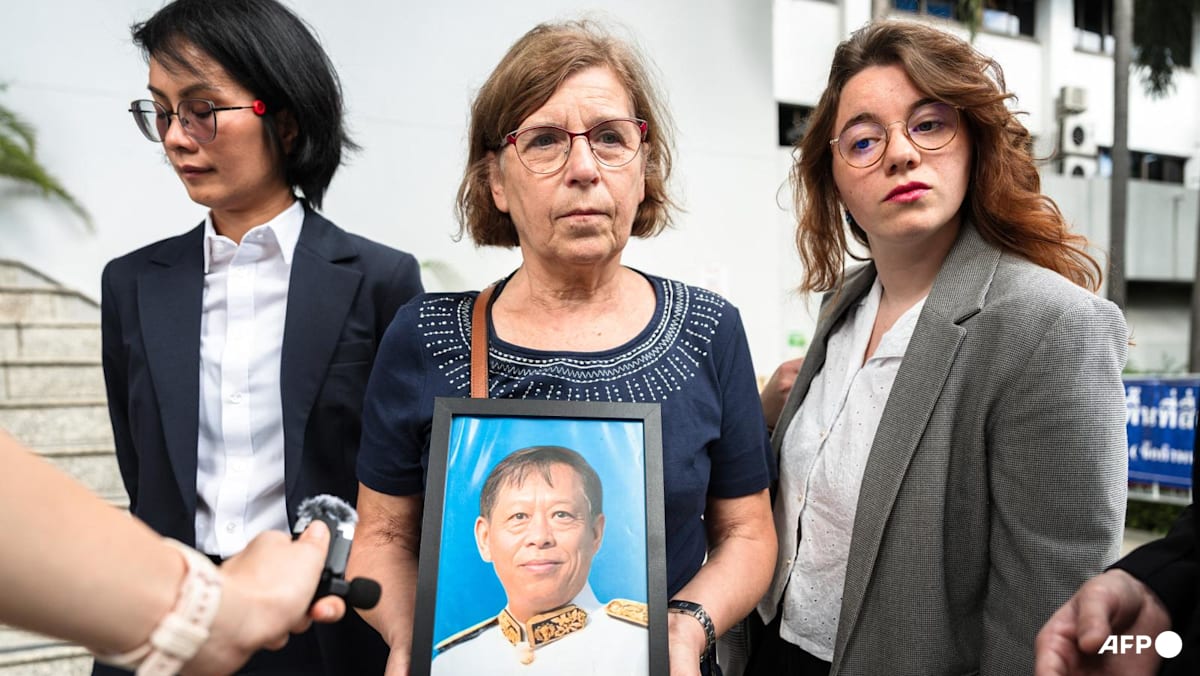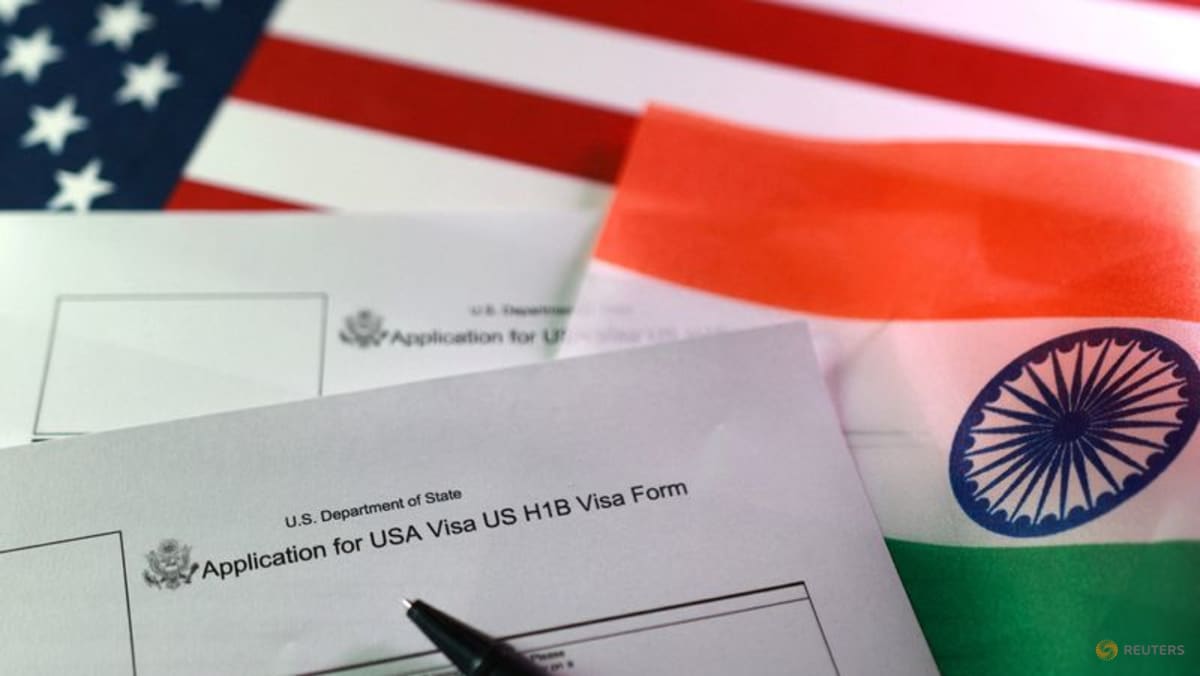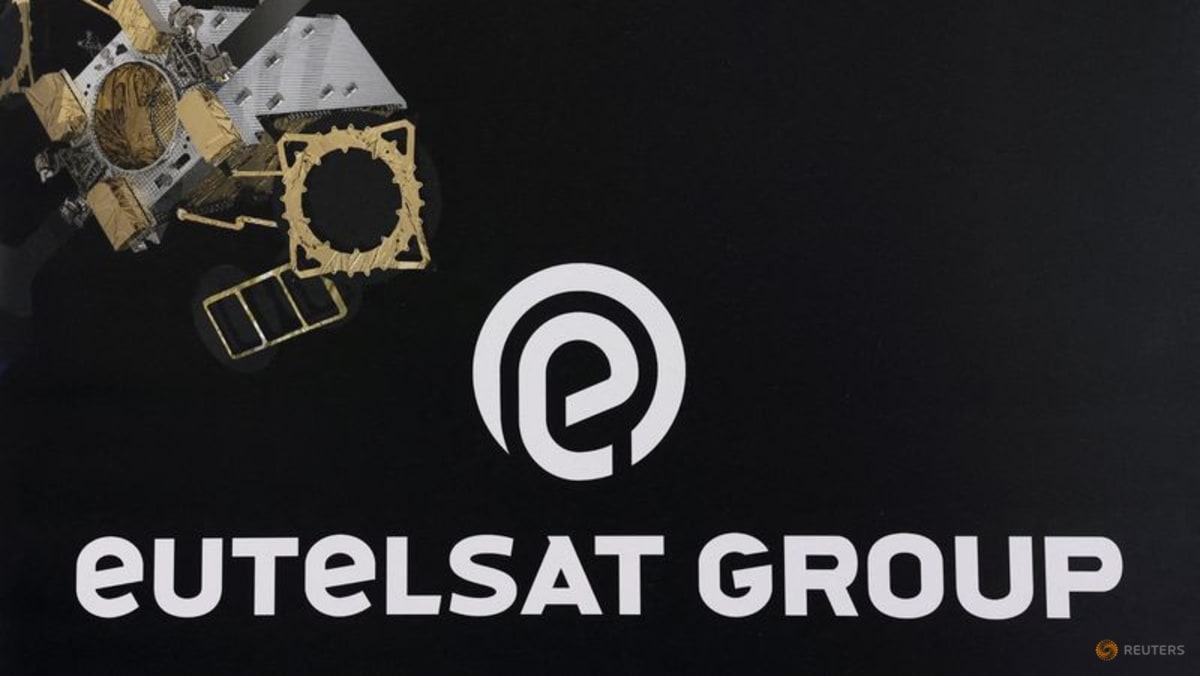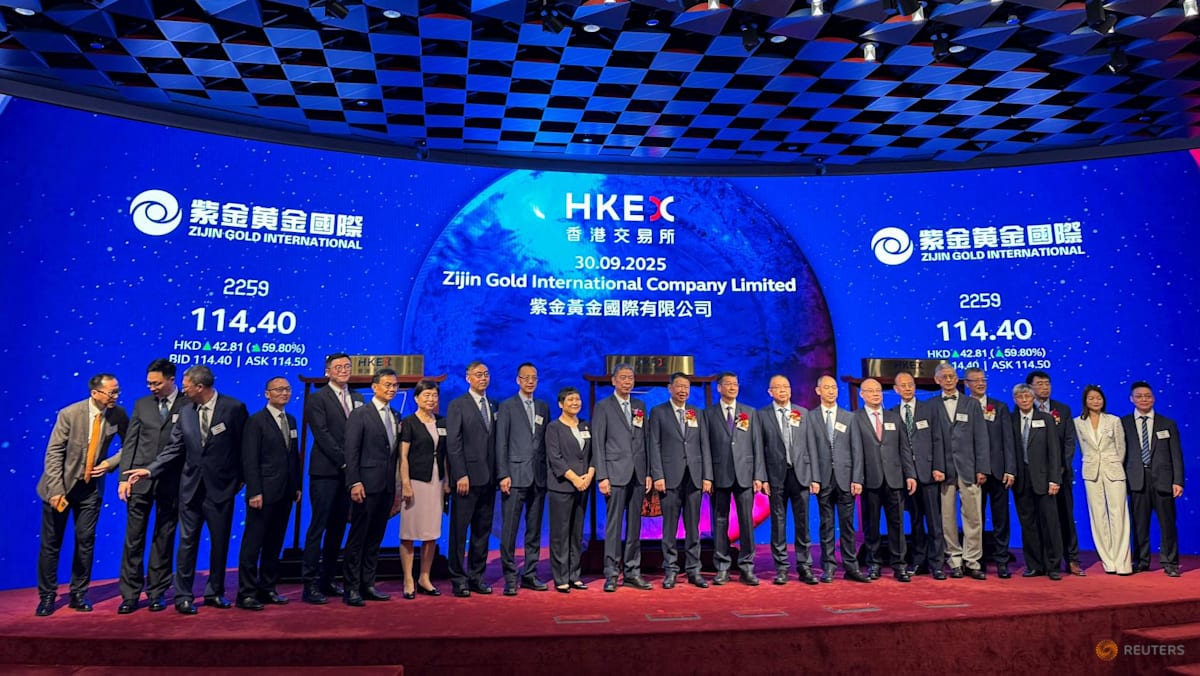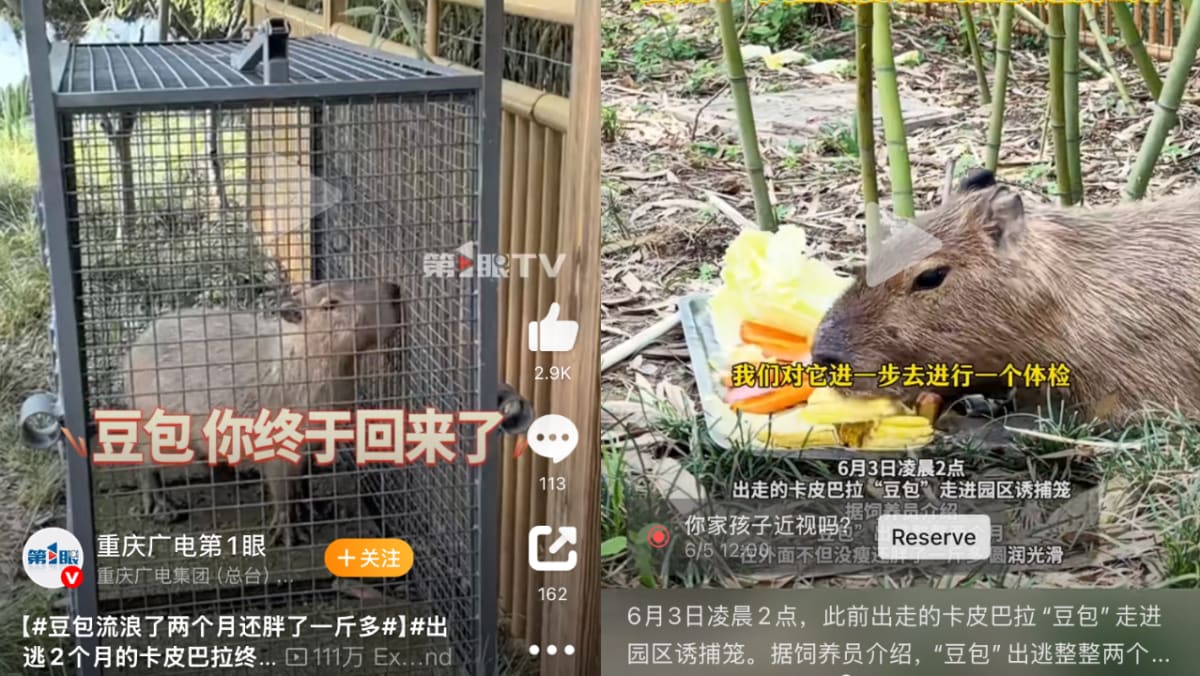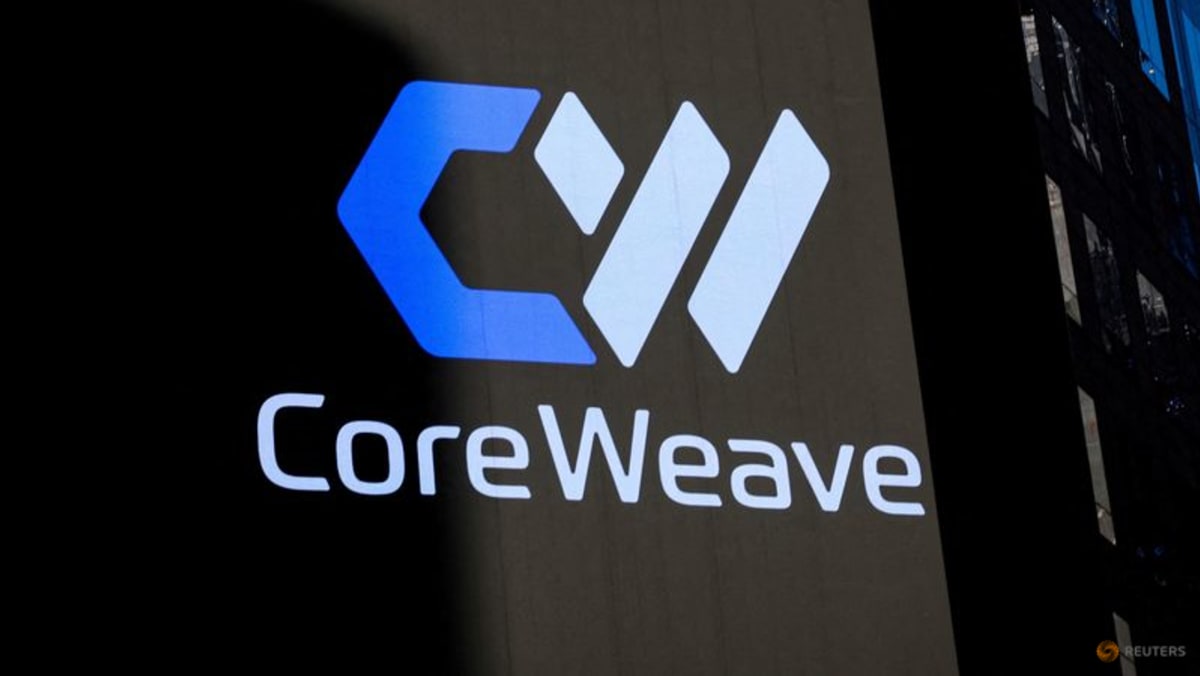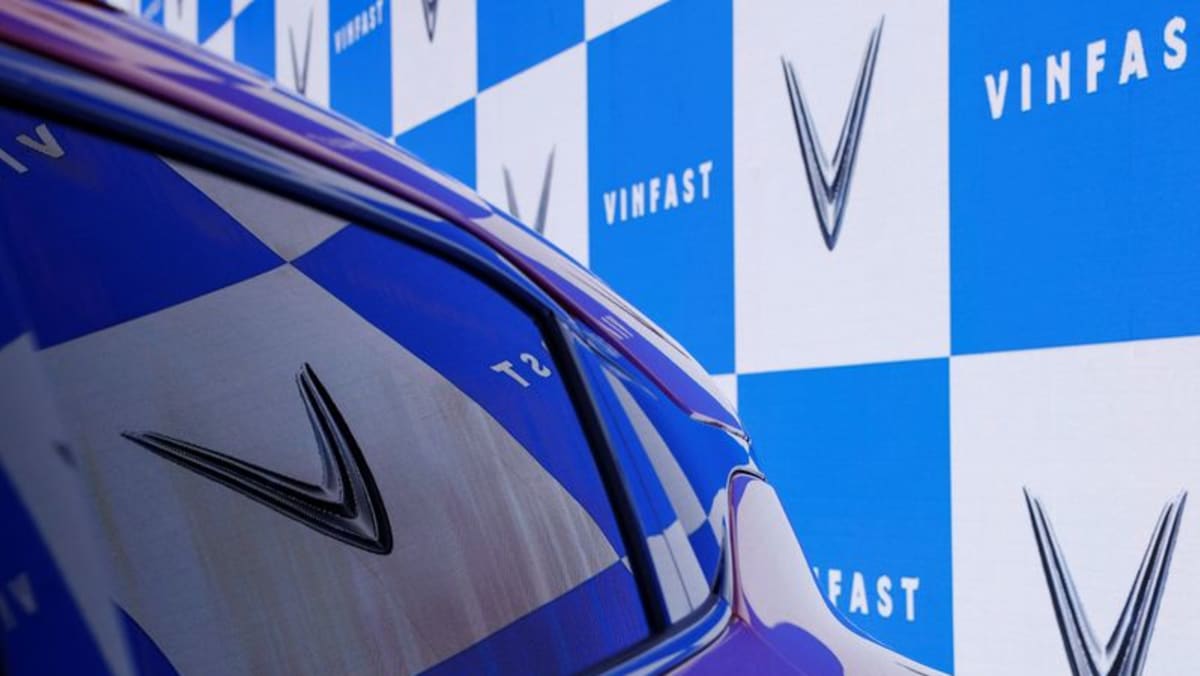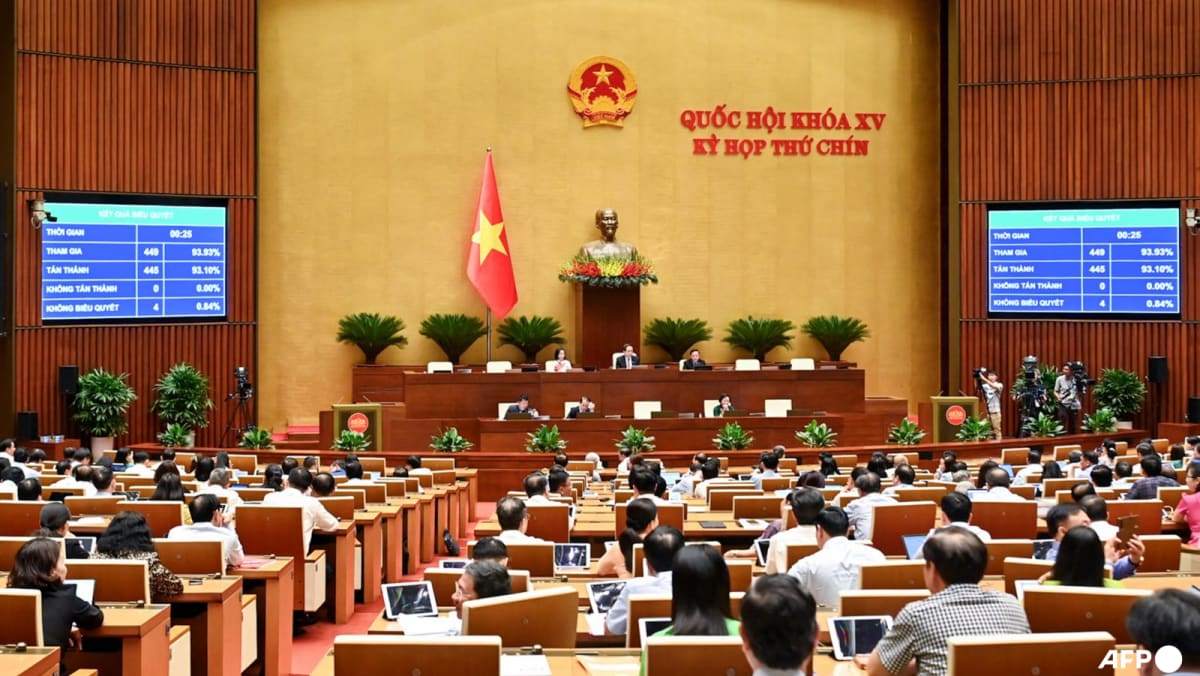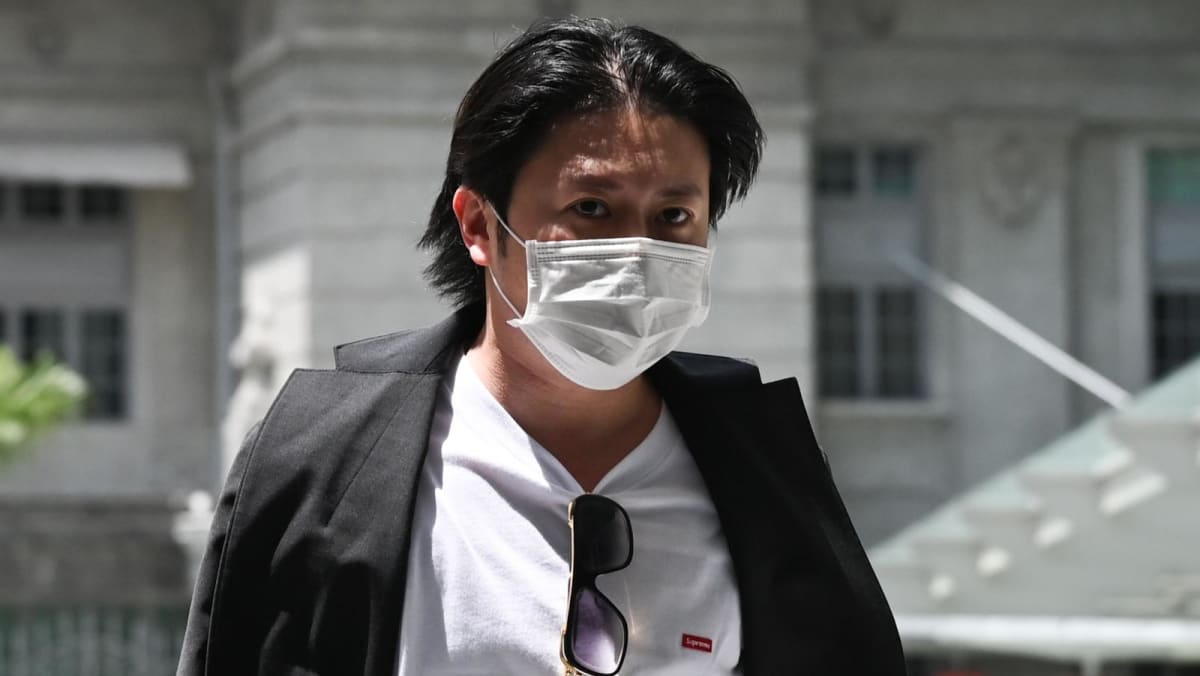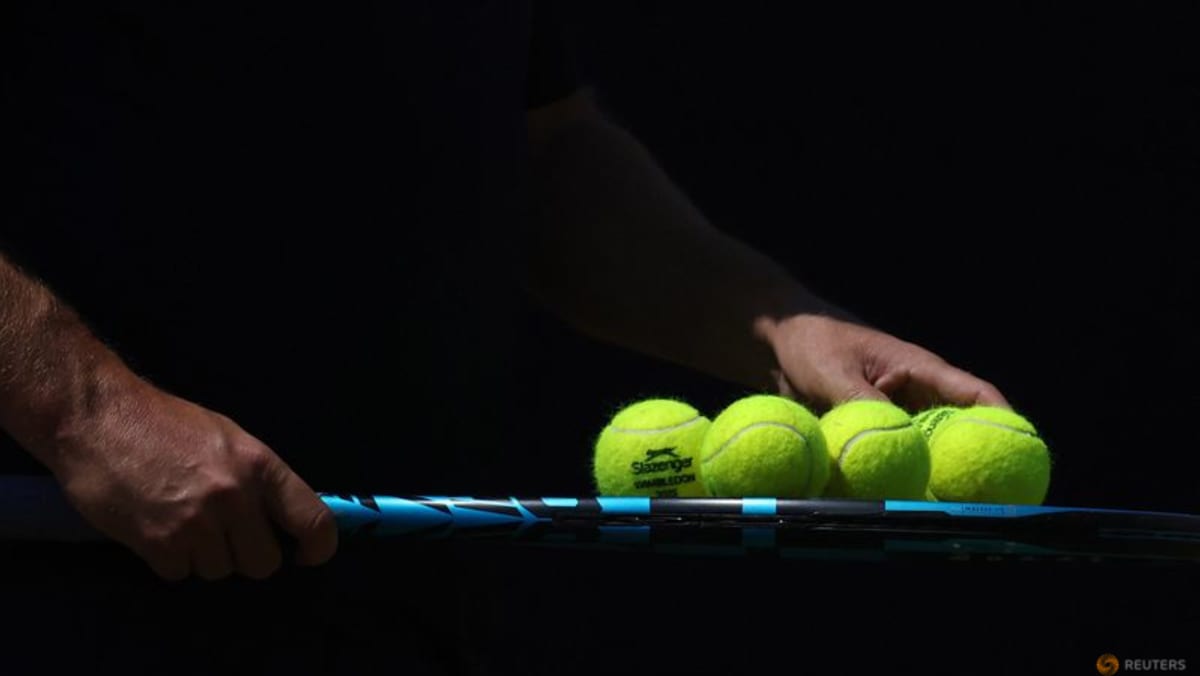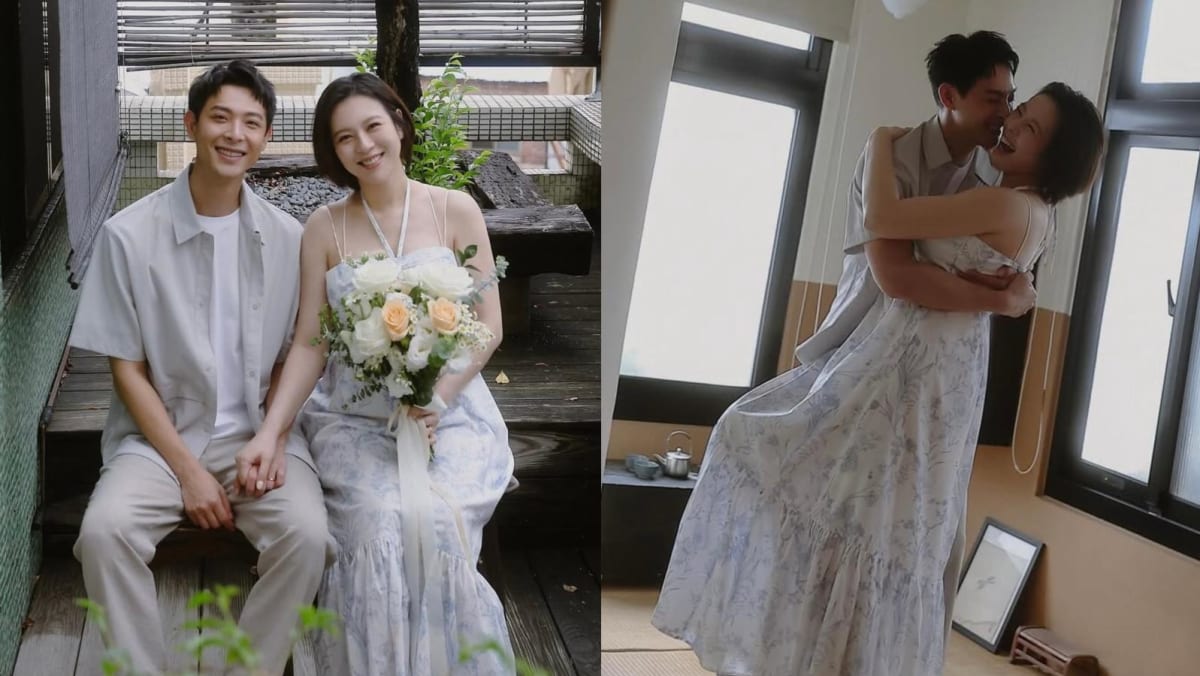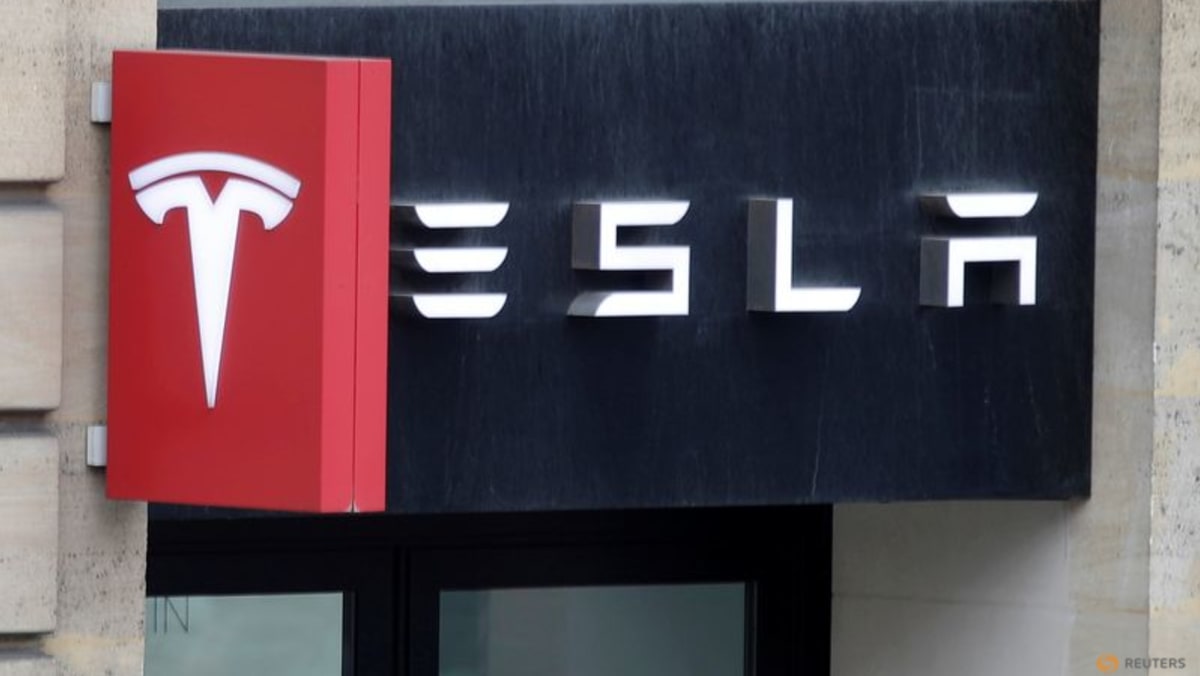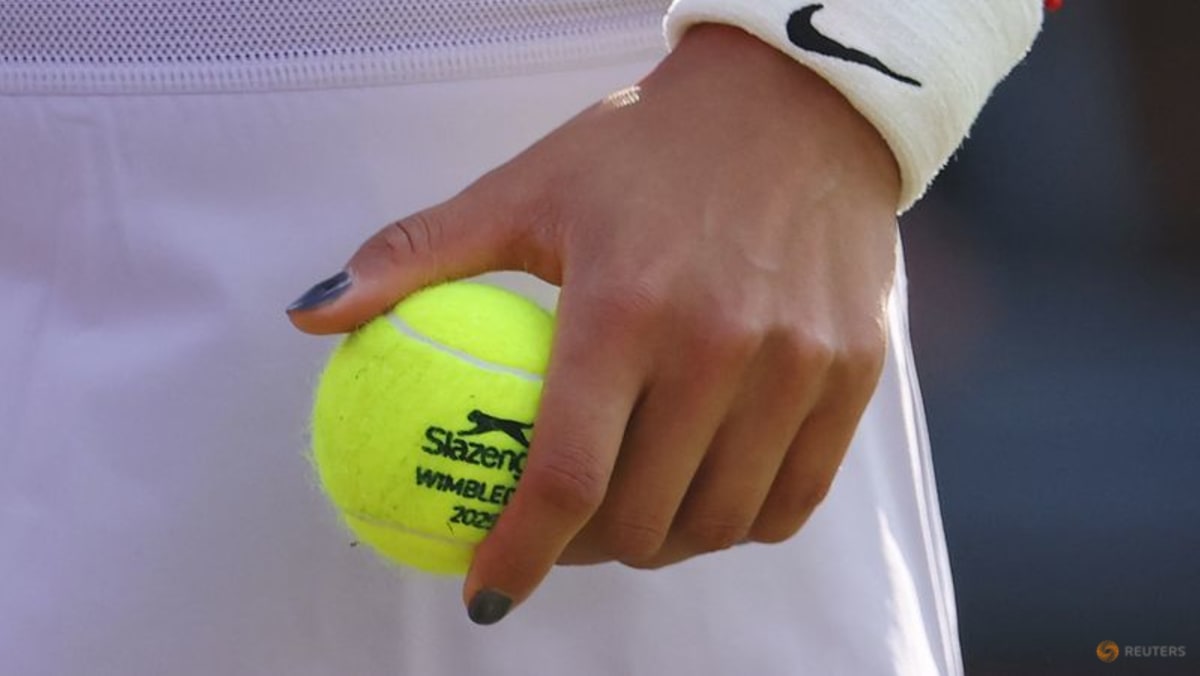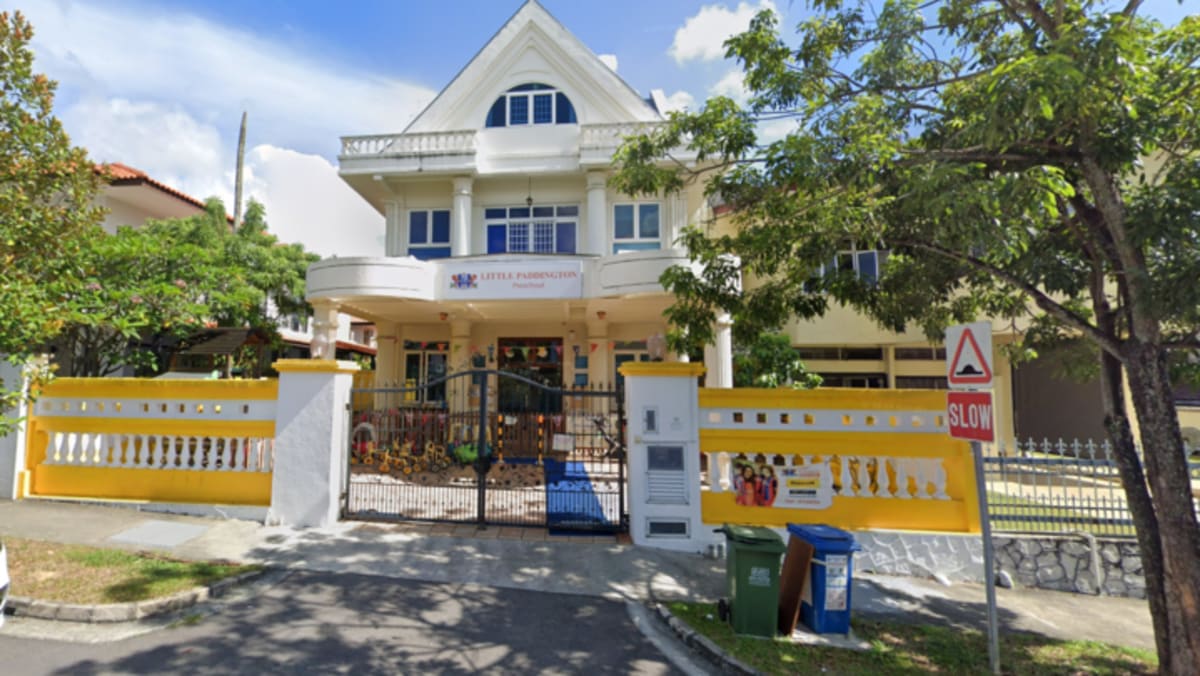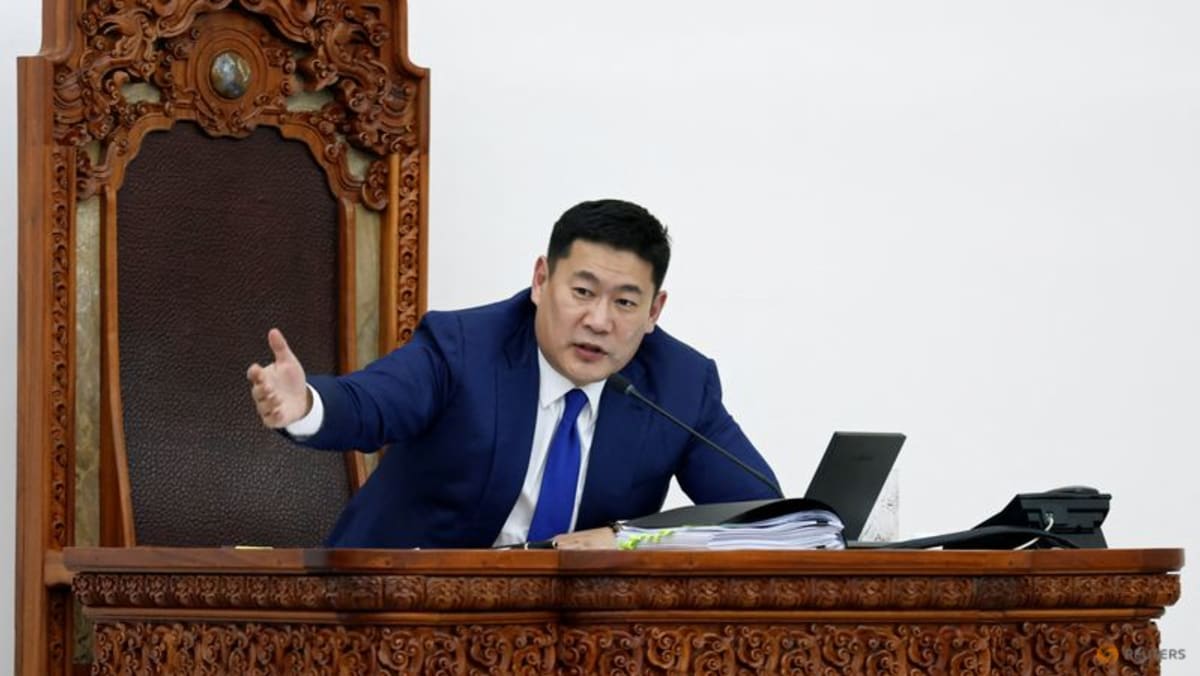At Singapore-based Convivial Champagne Bar, the by-the-glass wine list offers a curated selection of champagnes. With one exception, none of them comes from the major-name champagne houses. Instead, the list features producers like Larmandier-Bernier, Andre Clouet and Domaine la Borderie – names that may be unfamiliar to most people.
Among champagne lovers, however, these names carry weight. These are grower champagnes: Wines made by independent, often family-run vineyards in the Champagne region, and they are worth seeking out.
For years, grower champagne was an insider’s secret, a case of ‘if-you-know-you-know.’ But not anymore.
Over the past two decades, this once-quiet movement has gone global, elevating boutique producers to cult status. Labels like Pascal Agrapart, Egly Ouriet, and Ulysse Collin now command prices comparable to those of prestige brands such as Dom Perignon and Krug, if not more.
WHAT SETS GROWER CHAMPAGNE APART
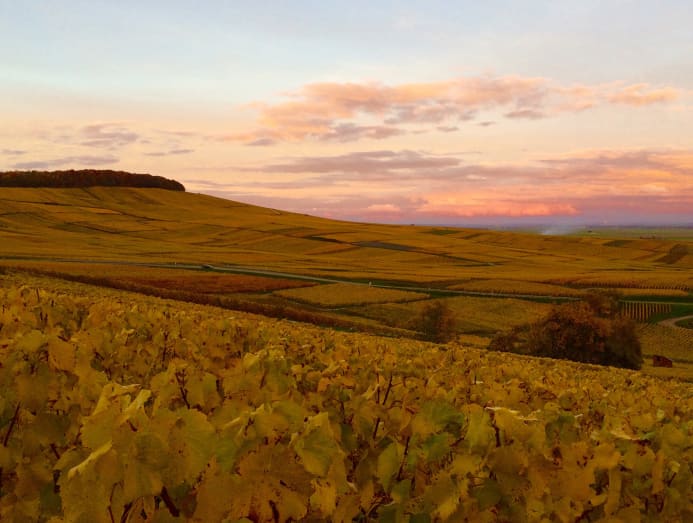 Growers craft their wines exclusively from vineyards they own and manage, offering complete control from vine to bottle. (Photo: Larmandier-Bernier)
Growers craft their wines exclusively from vineyards they own and manage, offering complete control from vine to bottle. (Photo: Larmandier-Bernier)
Prized for their authenticity, sustainability practices and sense of place, grower champagnes were once nicknamed ‘farmer fizz.’
The Champagne region is home to 15,900 farmers, each owning an average of just two hectares across the 319 villages permitted to produce champagne.
Historically, most growers sold their grapes to prestige champagne houses from Champagne Ayala to Champagne Pol Roger to LVMH’s vast stable of Krug, Dom Pérignon, Ruinart, Veuve Clicquot and Moet & Chandon.
Only a few growers bottled wines under their own names. Initially meant for local consumption, these small-batch wines attracted international attention in the 2000s. Discerning importers and sommeliers championed the category, and a quiet revolution began.
While both major houses and growers produce non-vintage and multi-vintage blends, the difference lies in scale and control. Growers craft their wines exclusively from vineyards they own and manage (with some exceptions who now buy grapes from others and have changed their status from growers to micro-negotiants), offering complete control from vine to bottle.
Production remains modest. Most growers produce 20,000 to 35,000 bottles annually; a minuscule output compared to Veuve Cliquot’s annual production of 19 million bottles or Moet Chandon’s almost 30 million bottles a year.
Consider cult micro-producer Jerome Prevost, who built his stellar reputation on just two hectares of land in the Montagne de Reims, producing only 13,000 bottles. His entire production amounts to what a major house might label in an hour.
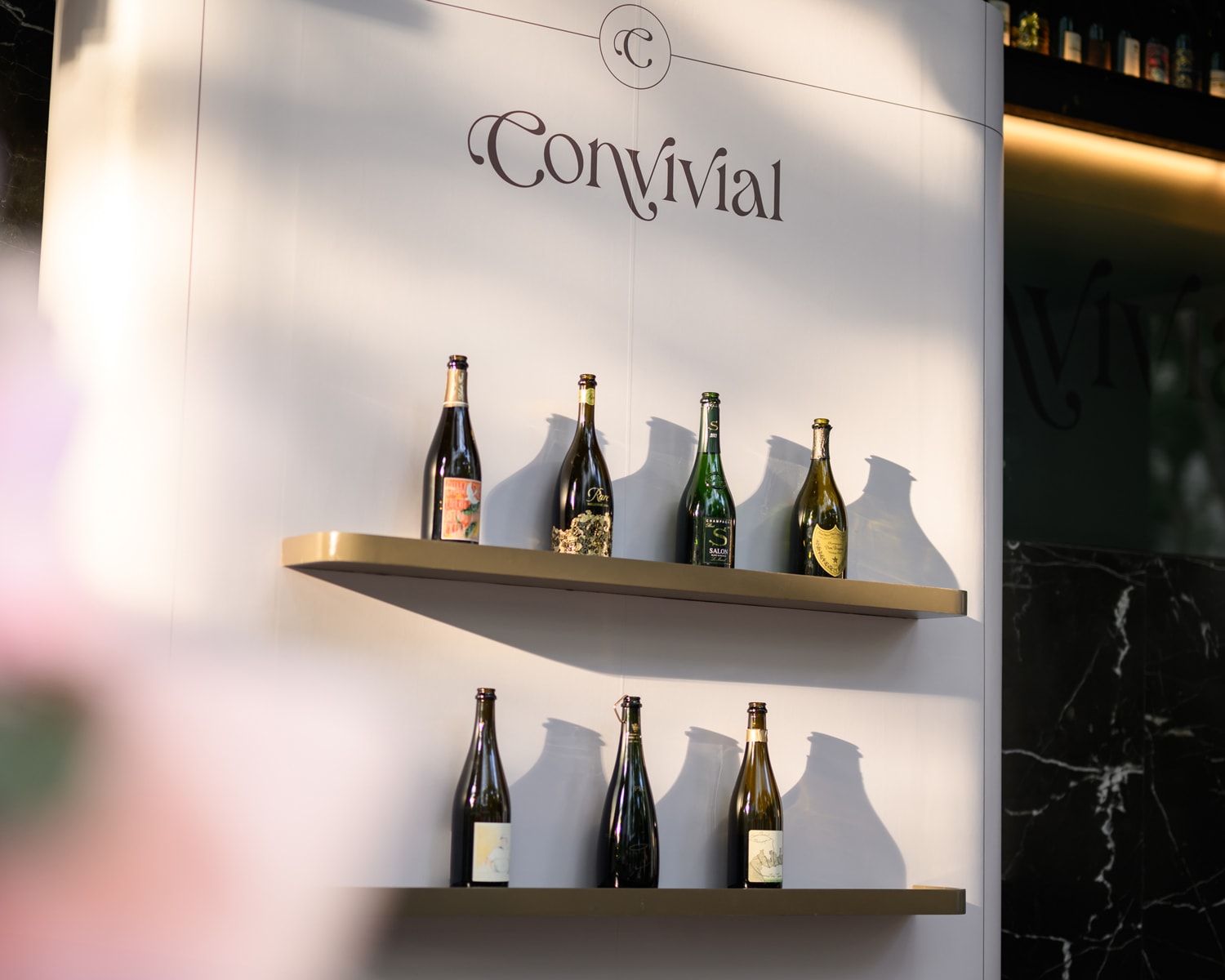 Initially meant for local consumption, these small-batch wines attracted international attention in the 2000s. (Photo: Convivial)
Initially meant for local consumption, these small-batch wines attracted international attention in the 2000s. (Photo: Convivial)
A GROWING DIFFERENCE
At the Vintage Club in Singapore, general manager Stephanie Rigourd encourages wine lovers to consider the diversity of Champagne’s villages, plots and subplots.
“Champagne offers a huge diversity of terroir,” she said and pointed out the terroir nuances across the five sub-regions – Cote des Blancs, Montagne de Reims, Vallee de la Marne, Cote des Bars, and Cote de Sezanne. “We don’t have the same topography or microclimate from one slope to another.”
Small producers often highlight these distinctions through site-specific wines: Single-grape cuvees (many of them, like Laherte Freres, produce 100 per cent Pinot Meunier-based Champagnes), single-vineyard or single-village bottlings, and single-vintage expressions. By contrast, larger houses lose this level of nuance in mass-produced blends.
“Smaller producers have generally shown a closer connection to their lands and focus on ‘better’ farming practices — tending towards sustainable if not organic, regenerative or biodynamic practices,” said Matt Lamb, beverage director of The Lo and Behold Group.
But terroir alone doesn’t amount to the rising prominence. The farming and winemaking practices are equally distinct, as in the case of revered grower Anselme Selosse of Domain Jacques Selosse. An early pioneer, Selosse sought inspiration from Spain and Burgundy in 1974 when he embraced organic farming, lower yields, indigenous yeast and eschewed the use of sulphur.
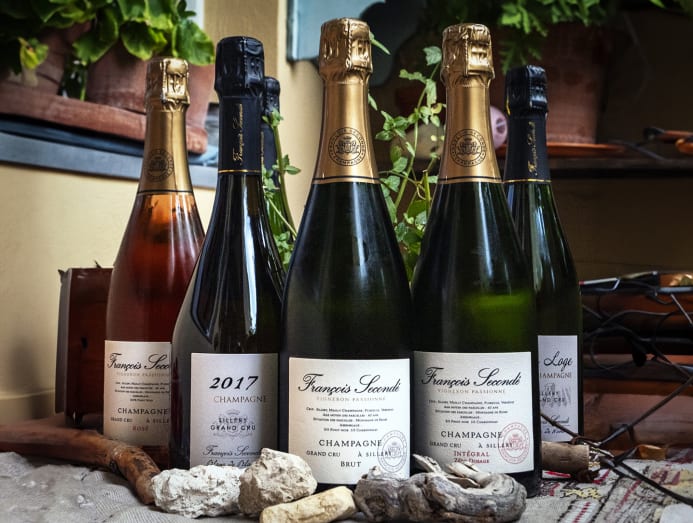 Francois Seconde champagnes come from grand cru plots in and around Sillery village, located south of Reims, Champagne. (Photo: Francois Seconde)
Francois Seconde champagnes come from grand cru plots in and around Sillery village, located south of Reims, Champagne. (Photo: Francois Seconde)
“There’s a greater sense of exploration,” said Lamb, noting the use of unconventional vessels such as concrete and ceramics for vinification.
Dosage – a mix of wine and sugar added to champagne before the final bottling – is another differentiator. Growers tend to use lower dosages. “Healthy fruit picked with flavour and balance shouldn't have to be too far adjusted with excessively high levels of dosage”, explained Lamb.
Valentin Krug of Artisan Cellars, the first Singapore importer to carry grower labels believes transparency offered by these producers is a major draw.
“The growers give so much transparency,” said Krug. “The back labels and websites detail the village name, base vintage year, harvest date, disgorgement date, years on lees and more.”
He also pointed to the human element. “You can speak to a human on the other side and not a sales force,” he said. Many grower estates are family-run, with winemaking philosophies shaped by generations of tradition and hands-on involvement.
“Champagne is the most exciting region for discovery, and the reason is grower champagnes,” Krug added.
Today, worldwide demand for boutique champagne is on a steady rise. In 2023, grower and cooperative champagnes accounted for 28 per cent of the total exports (73 million of 271 million bottles). In France, boutique labels accounted for almost half the local champagne consumption.
THE SINGAPORE AWAKENING
With prices of prestige labels and white burgundies rising sharply in recent years, both sommeliers and collectors have sought alternatives, bringing grower champagnes into focus.
“Grower champagnes are certainly picking up pace in Singapore,” said Convivial founder Yeo Xi Yang. “Wine merchants are making a deliberate effort to visit Champagne and discover new growers who are not yet distributed in Singapore.”
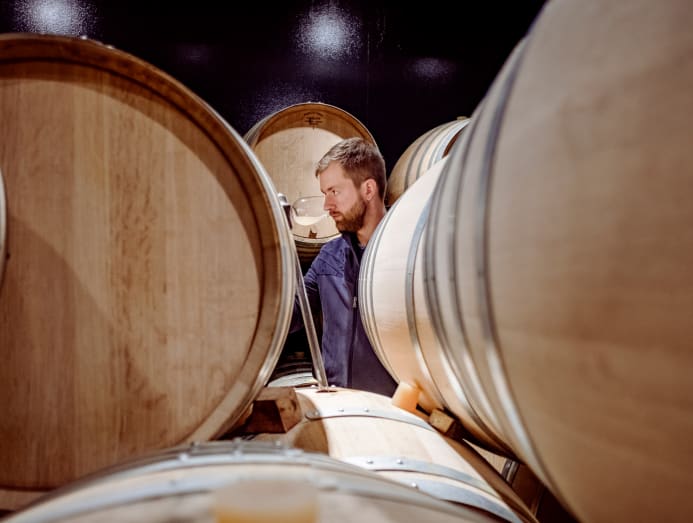 Jean-Marc Seleque. (Photo: JM Seleque)
Jean-Marc Seleque. (Photo: JM Seleque)
“Local consumers are very educated now. They are moving away from the big names because they finally understand champagne better,” affirmed Rigourd. When she arrived in Singapore in 2009, only one grower, Champagne Selosse, was available. By 2024, the market had expanded to include 155 grower labels.
Singapore is fortunate to have good selection of growers, said JM Seleque’s winemaker, Jean-Marc Seleque. “By the time a grower champagne reaches Singapore, it’s already been through a kind of curation.”
Prices are climbing in tandem with demand. “In 2018, we were selling Ulysse Collin for S$150. Today, it is priced at S$450 and sells out the day we release it,” said Krug.
The maturity of our market is reflected in Singapore’s first champagne festival, held in March 2025, which was declared a rousing success. “The consumers certainly loved the in-person experience and connections developed,” reported Lamb, who organised the festival and facilitated travel for multiple champagne growers to meet with Singapore’s vibrant consumer base.
Besides the star-producers, Yeo offers more suggestions for newcomers like Girard-Bonnet, Nowack and Herbert & Co. “At Convival, we do our best to source for alternatives, like their neighbours from the same village where the soil type and grape varieties planted are similar.”
Here are five stunning grower champagnes, considerably more affordable than Krug and available widely in Singapore.
JM Seleque Solessence Extra Brut NV (based on 2021 vintage)
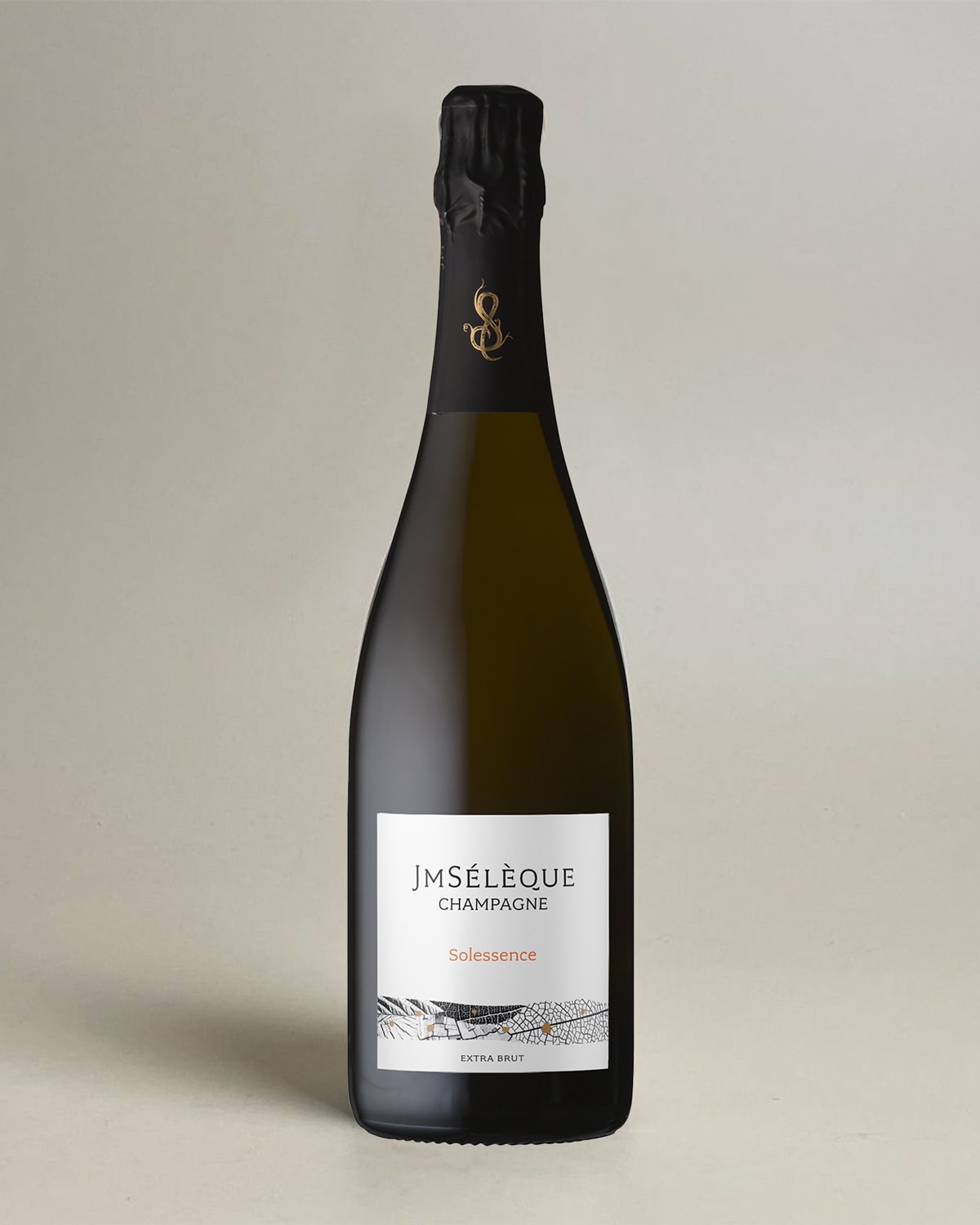 JM Seleque Solessence Extra Brut NV. (Photo: JM Seleque)
JM Seleque Solessence Extra Brut NV. (Photo: JM Seleque)
Jean-Marc Seleque is a third-generation winemaker based in Pierry, a premier-cru village just outside Epernay, in the Vallee de la Marne. His grandfather planted the first vines in 1965, and his father started bottling his grower champagne in the 1970s. When Jean-Marc took over in 2008, he put his own stamp on the Champagne.
“My father didn't move out of Champagne. When I took over, I had all this culture from my travels to other regions,” Seleque shared.
He embraced single-vineyard bottlings, sustainable viticulture and low-intervention winemaking. Today, Seleque is regarded as a modernist among champagne producers, with a production of 100,000 bottles from 9 hectares spread across 45 plots.
Solessence is a blend of 50 per cent Chardonnay, 40 per cent Pinot Meunier, and 10 per cent Pinot Noir, incorporating a significant portion of reserve wines. This zero-dosage cuvee opens to floral notes and offers layers of citrus zest complemented by brioche and bright, refreshing acidity.
S$94, Artisan Cellars.
Andre Robert les Jardins du Mesnil Blanc de Blanc Brut Nature NV
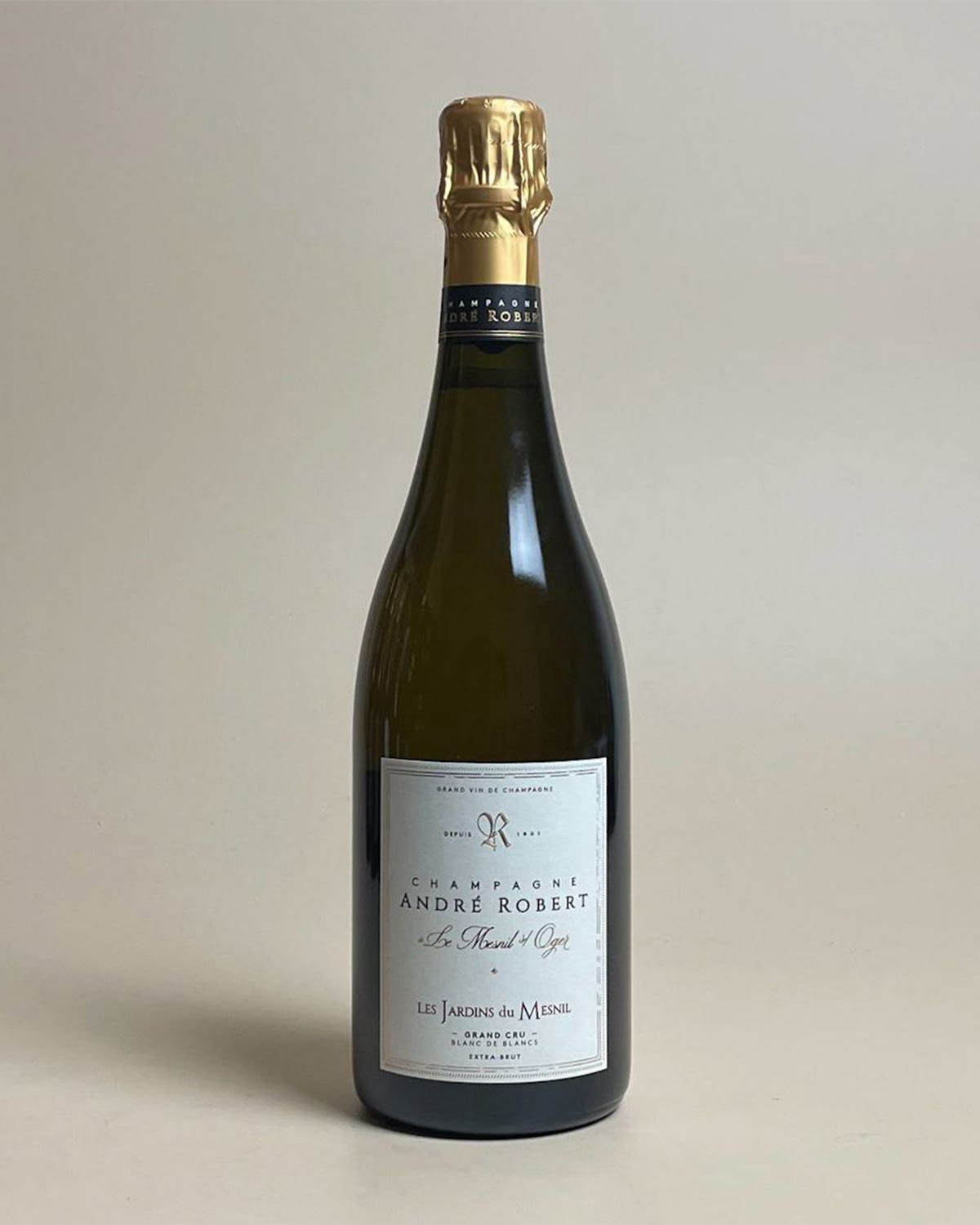 Andre Robert les Jardins du Mesnil Blanc de Blanc Brut Nature NV. (Photo: Andre Robert)
Andre Robert les Jardins du Mesnil Blanc de Blanc Brut Nature NV. (Photo: Andre Robert)
Les Jardins du Mesnil is crafted from a selection of chalk-rich small plots in the grand cru village of Le Mesnil Sur Oger, located in Cote des Blancs. The village is celebrated for producing some of the most intense and precise expressions of Chardonnay – a reputation cemented by iconic champagnes like Salon’s Salon Le Mesnil and Krug Clos du Mesnil.
The house of Andre Robert traced its roots to the 1800s and is now led by fifth-generation winemaker Claire Robert and her husband, Jean-Baptiste Denizart. Their Les Jardins du Mesnil is an elegant wine marked by a citrus-fruited core, crushed stone minerality and a refined texture.
S$130, Clink Clink
Champagne Gounel Lassalle Les Agneaux Blanc de Noirs Brut Nature NV
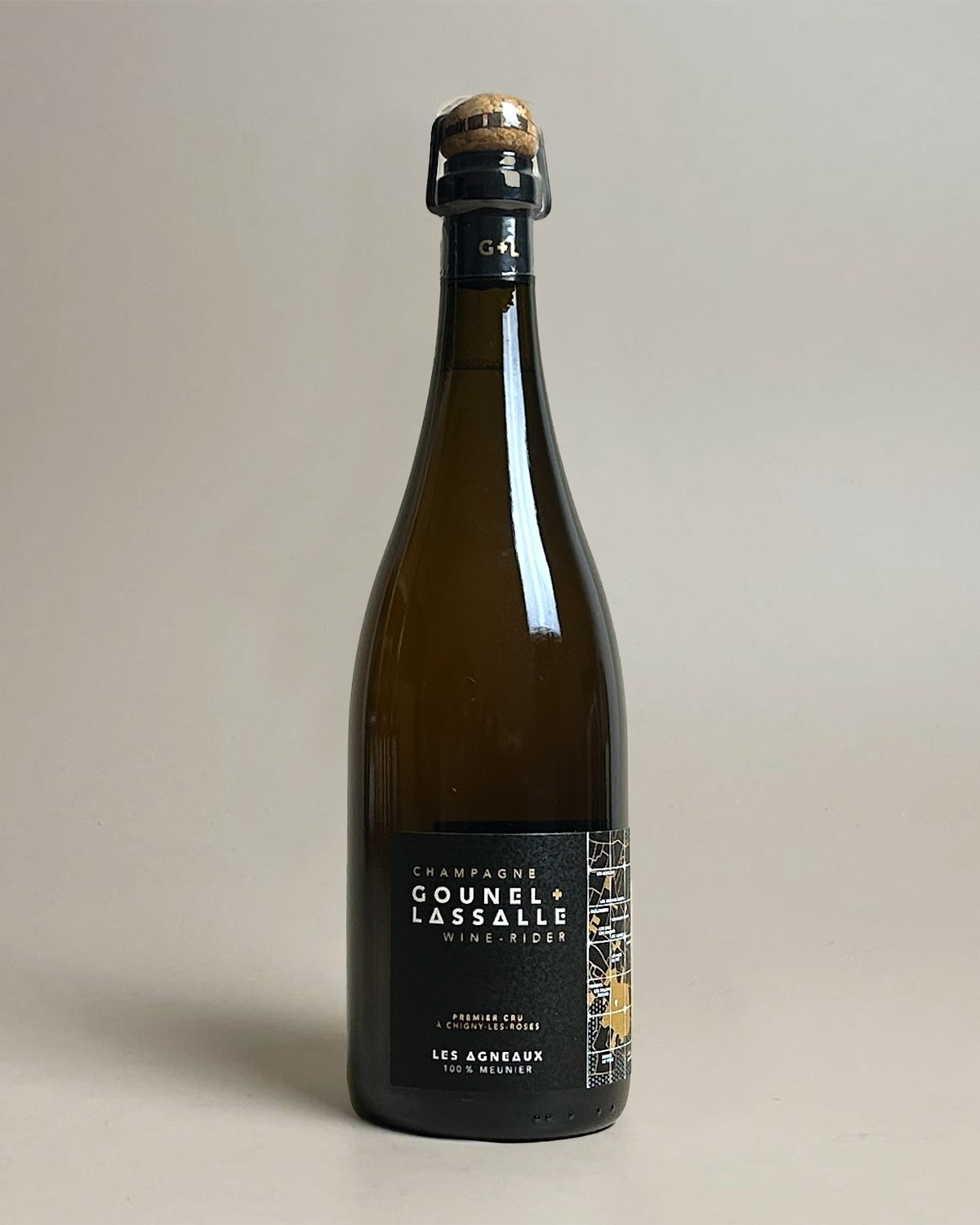 Champagne Gounel Lassalle Les Agneaux Blanc de Noirs Brut Nature NV. (Photo: Gounel Lassalle)
Champagne Gounel Lassalle Les Agneaux Blanc de Noirs Brut Nature NV. (Photo: Gounel Lassalle)
Fourth-generation grower-winemaker Arnaud Gounel and his wife Sophie Lassalle channel their deep connection to the land into every bottle they produce. Their estate, named Les Agneaux — meaning “the lambs” in French is in reference to the sheep that once grazed the vineyards — is a three-hectare certified organic and biodynamic plot in the premier cru village of Chigny-les-Roses, in Montagne de Reims.
The vineyard is primarily planted with Pinot Meunier, and most of the cuvees are crafted in oak barrels with minimal sulphur, no malolactic fermentation, and zero dosage, resulting in pure and expressive wines.
Their Blanc de Noirs is aromatic, vibrant, and creamy, offering notes of red apple skin and orchard fruits with a clean, defined saline finish.
S$130, Clink Clink
Champagne Francois Seconde La Loge Blac de Noir NV Montagne de Reims
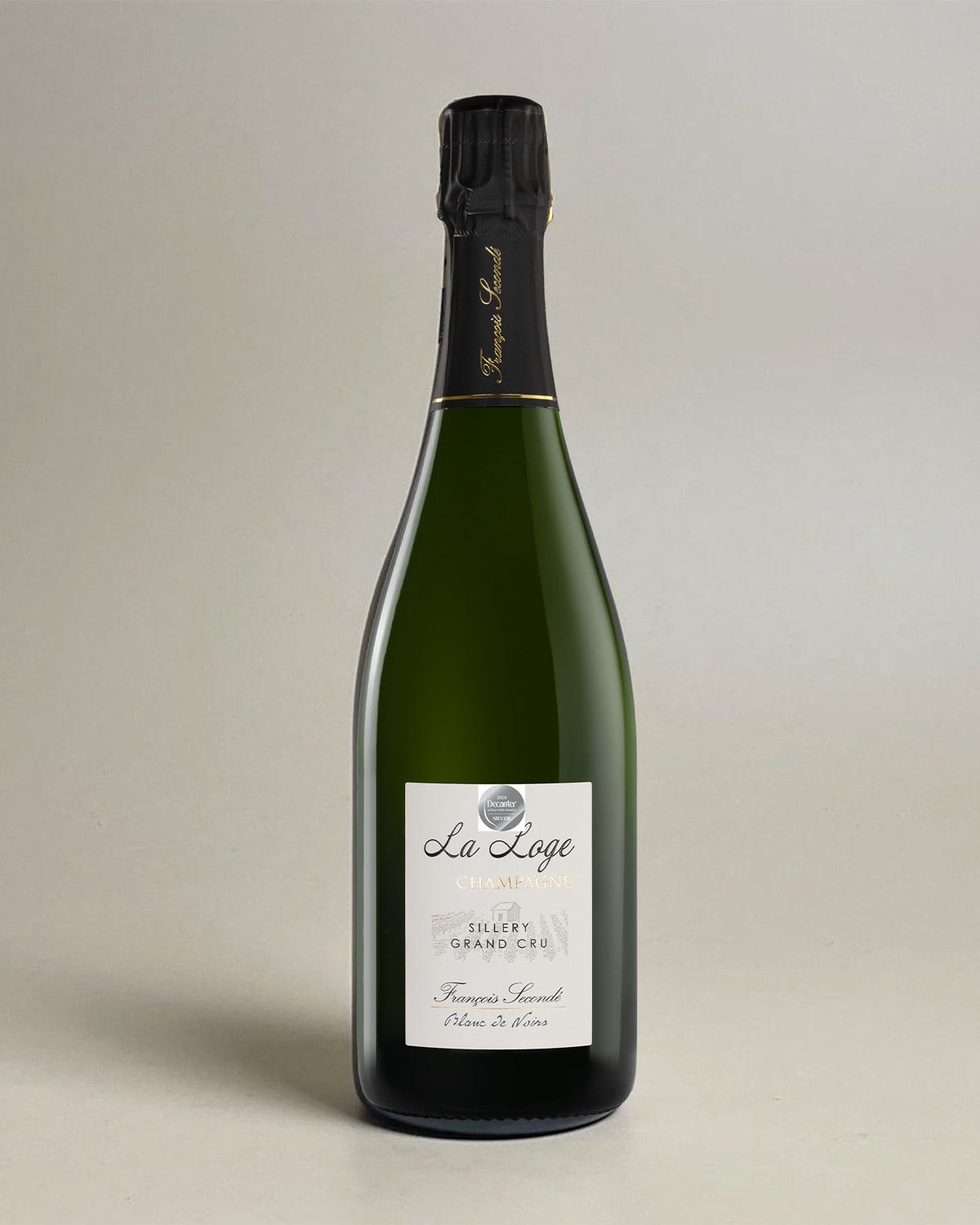 Champagne Francois Seconde La Loge Blac de Noir NV Montagne de Reims. (Photo: Francois Seconde)
Champagne Francois Seconde La Loge Blac de Noir NV Montagne de Reims. (Photo: Francois Seconde)
In the Champagne subregion of Montagne de Reims, oenologist Jerome Groslambert cultivates 5.5 hectares of Pinot Noir and Chardonnay vineyards spread across four villages surrounding Sillery, a grand cru village. Unlike many in the region, Groslambert did not inherit the estate; he spent a decade working alongside the previous owner before acquiring the majority share from the late Seconde’s widow.
Since taking the helm, he has embraced sustainable viticulture and remains deeply involved in every aspect of winemaking. Each year, he disgorges 60 jeroboams (three-litre bottles) and 20 Methuselahs (six-litre bottles) by hand — a labour-intensive task he shared during our last meeting.
One of his standout wines, a 100 per cent Pinot Noir, reveals layers of fresh raspberries and shortcrust pastry, delivered with a seductive, elegant mousse.
SG$99, Inflorescence Asia
Champagne Marie Courtin 2009 Cuvee "Indulgence" Rose Extra Brut
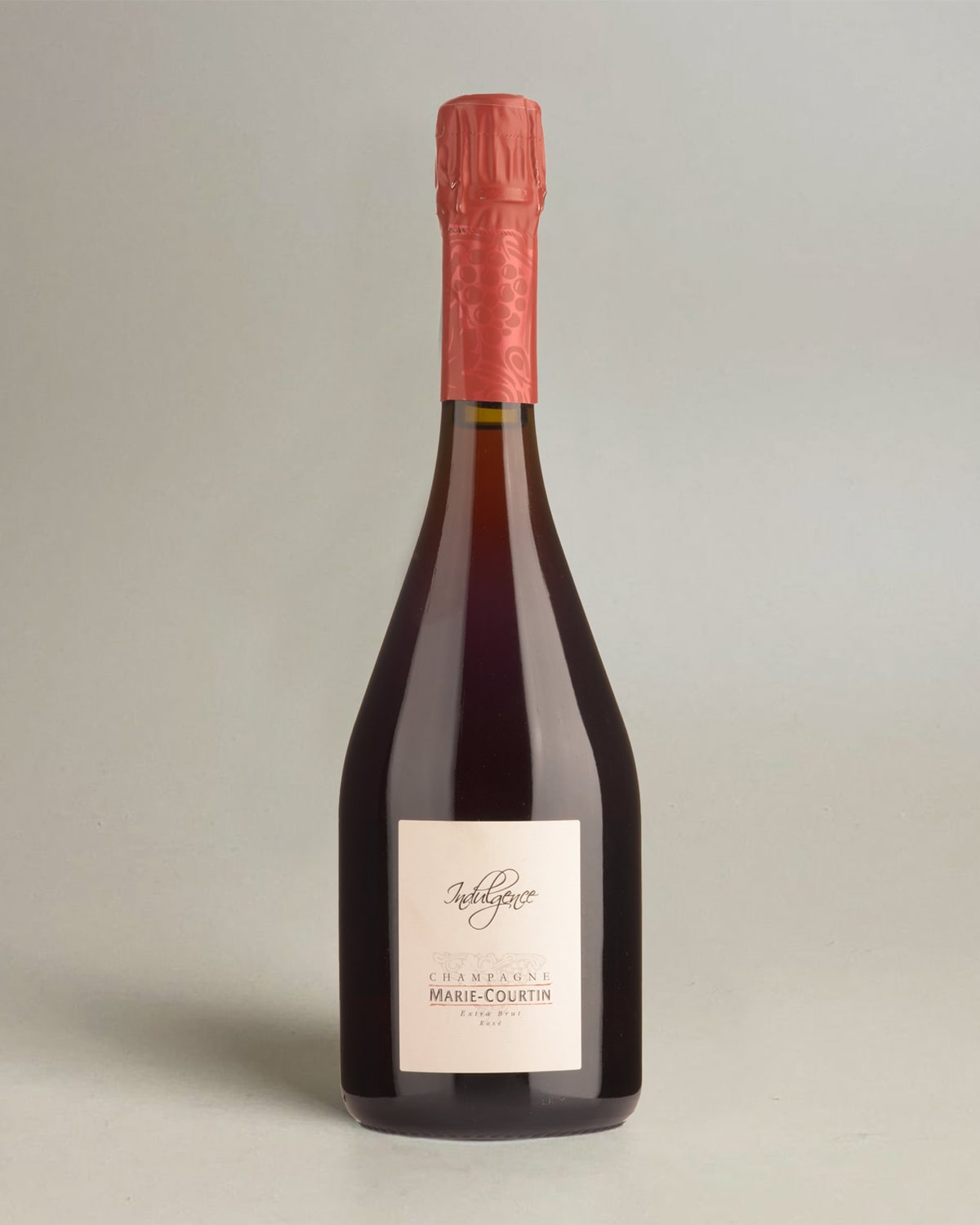 Champagne Marie Courtin 2009 Cuvee "Indulgence" Rose Extra Brut. (Photo: Marie Courtin)
Champagne Marie Courtin 2009 Cuvee "Indulgence" Rose Extra Brut. (Photo: Marie Courtin)
Once derided as the poor cousin of Champagne, Cote de Bar is a hotbed for grower and artisanal champagne houses. Here, the dynamic Dominique Moreau crafts a series of single-vineyard, single-variety, single-vintage, zero-dosage Champagnes in the village of Polisot, at her 2.5-hectare estate named after her grandmother. She has maintained a strong reputation for biodynamic viticulture since 2006.
Indulgence is a 100 per cent Pinot Noir rose champagne with a heady nose of summer berries, ripe cherries and a zippy yet harmonious palate.
S$160, Artisan Cellars
